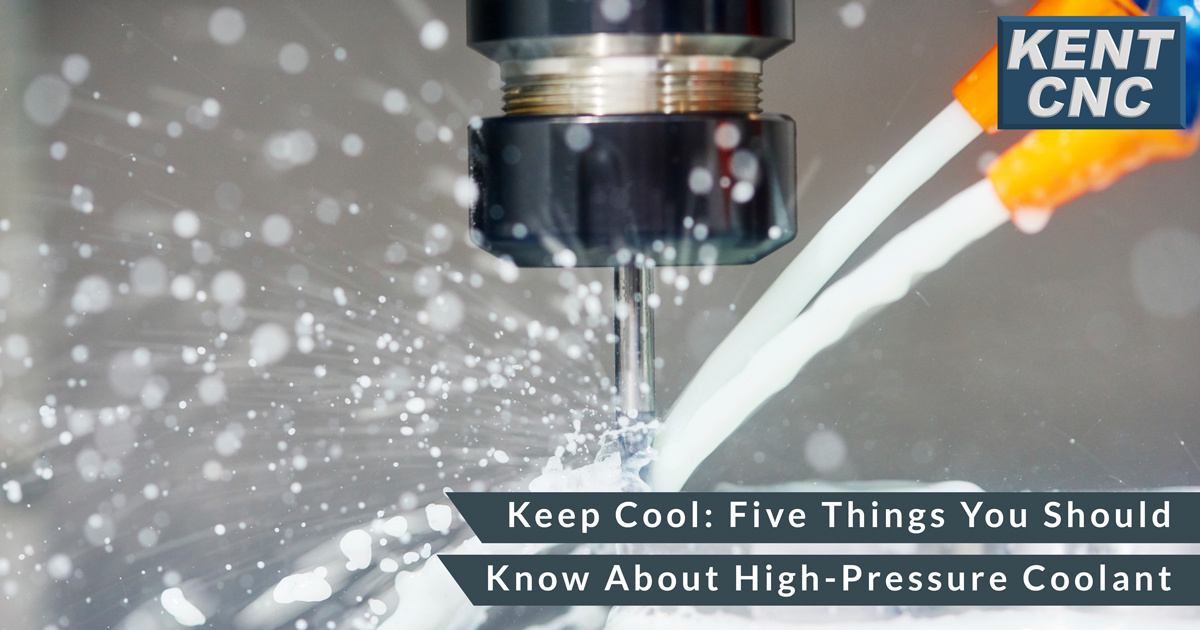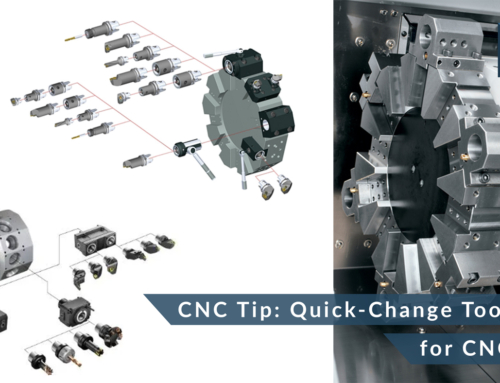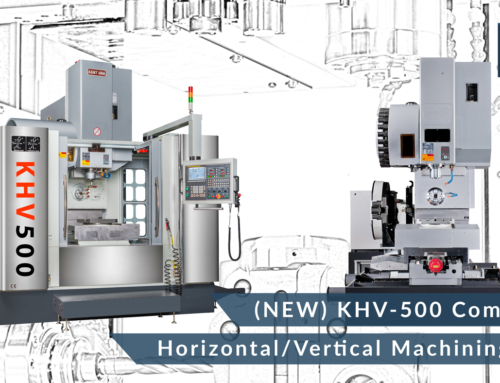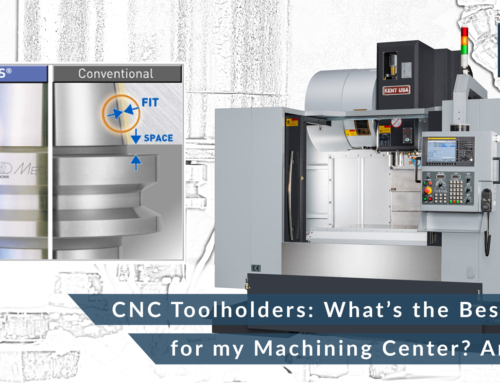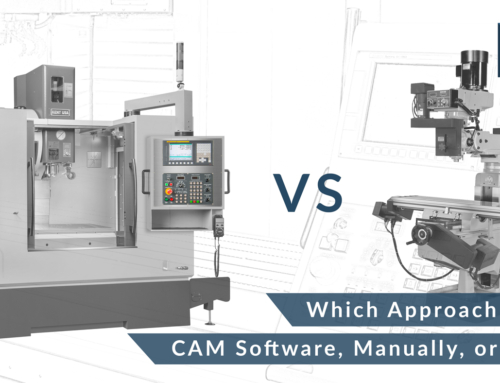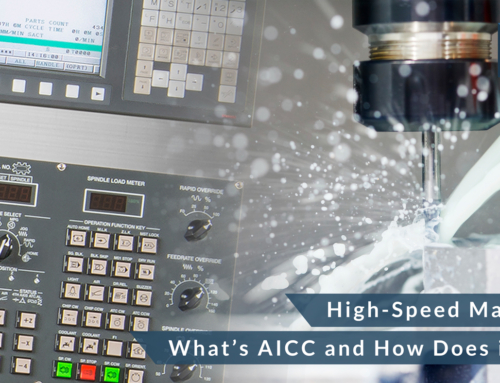Keep Cool: 5 Things You Should Know About High-Pressure Coolant Systems
If you’ve purchased a new end mill or slotting cutter lately, chances are good that it’s riddled with coolant holes. There’s an excellent reason for this. Unless you’re machining gray cast iron, high-carbon or hardened steels, or using ceramic cutting tools—cutting dry, in other words—you’ll almost always want to use a clean, well-maintained cutting fluid to wash away chips, remove heat from the cutting area, extend tool life, and improve part quality. And in most cases, the best way to apply it is A) through the tool, and B) using a high-pressure coolant (HPC) system.
You’ll need a pump. Kent CNC doesn’t sell them, but a quick Google search will bring you to someone like ChipBLASTER or MP Systems, either of which will be happy to sell you an HPC system. And, of course, you’ll need a machine tool able to handle the higher pressures. Take Kent CNC’s KVR-series linear way vertical machining centers, for example. All are prepped for through-spindle coolant using hoses and unions capable of 1000-psi (68 bar), plenty of power for most any machining application.
High Pressure Coolant Tips
While you’re kicking the tires, however, be sure keep the following concepts in mind:
- High pressure does not mean high flow. Most pumps offer anywhere between 6 gallons per minute (GPM) up to 40 GPM or more—if you’re using large indexable end mills with dozens of coolant holes, be sure you invest in a pump that can keep up.
- Although HPC offers significant benefits, more is not always better. A variable speed pump will allow you to fine-tune the output pressure according to the needs of a specific machining process.
- Some cutting tool manufacturers offer a range of nozzles for their toolholders, giving machinists the opportunity to optimize their cutters for the application.
- When drilling with HPC, turn off your pecking cycle. It’s no longer needed. You should also wait to engage the coolant until the tool is fully engaged. If not, you may receive an unexpected shower.
- Be sure to ask about filtration. Most equipment providers offer this is as standard, but some have one filter, others have two, some capture smaller fines and debris…you get the idea.
Even if you decide against high-pressure coolant, be sure to use coolant-fed cutting tools whenever possible. Kent CNC’s KVTC-series traveling column and KVR heavy-duty box way vertical machining centers come standard with coolant-through spindles, and of course, all of our KLR 2-Axis and KLM Mill-Turn CNC lathes are plumbed for coolant-through the turret. All will do a great job for years to come. Until then, keep cool.

